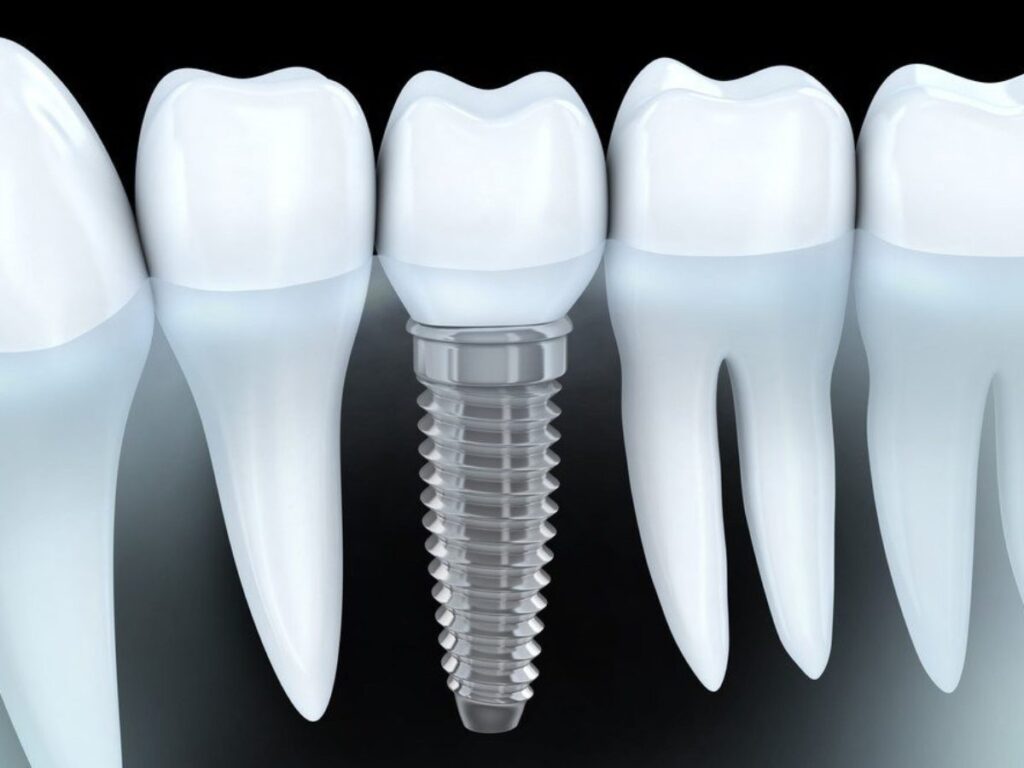Surgically implanted dental implants are replacement tooth roots. Titanium and other biocompatible materials are often used, making them a safe and well-tolerated option for human use. Read on to learn from an implant dentist in Fort Myers.
After the implants fuse with the jawbone, the artificial teeth will be fitted to them.
Why Dental Implants Are Preferable
To replace missing teeth, dental implants provide a lot of advantages. Some of the many advantages of dental implants include:
Dental implants are a great way to get your smile back and feel confident again because they look and feel just like your original teeth and also because they are surgically placed into the jaw, dental implants provide a more permanent and secure solution for tooth replacement than removable alternatives like dentures or bridges.
Clearer speech: Dental implants help restore tooth alignment and make it easier to rest the tongue in the correct position, both of which are compromised by tooth loss and hence lead to clearer speech.
Dental implants mimic your natural teeth so that you can eat without any difficulty. Therefore, you can eat whatever you choose without experiencing any discomfort or losing your grip.
How Dental Implants Work
The number of steps required to place a dental implant might vary from patient to patient and from case to case.
Here is a rundown of the steps involved in getting dental implants:
- In the beginning, there is a plan drawn for the consultation and planning of treatment.
- During the initial consultation that you have with the dentist or oral surgeon, they will assess the state of your oral health and establish whether or not dental implants are a viable option for you.
- The health of your jaw and the ideal location for the implants will be evaluated with the help of X-rays and other imaging studies.
- Dental implants are artificial tooth roots that are surgically inserted into the jawbone by a dental practitioner or an oral surgeon if the patient is a good candidate.
- Depending on the severity of your condition, local anesthesia or sedation may be used for this surgery.
- After the implants have been inserted, they will need time to heal and fuse with the jawbone, a process known as osseointegration. Osseointegration describes this procedure, which usually takes a few months to complete.
- Placement of abutments occurs after the implants have fused with the jawbone and before the crowns are placed. These abutments join together the implants and artificial teeth.
- After the abutments have been set, the dentist will obtain imprints of your mouth to make new teeth that perfectly fit your mouth. Depending on your circumstances, these artificial teeth can take the form of crowns, bridges, or even dentures.
Care after attachment
The dentist will offer you specific advice for maintaining your new teeth once they have been fastened to the abutments. To make sure your dental implants last a lifetime, you should have checkups routinely.

